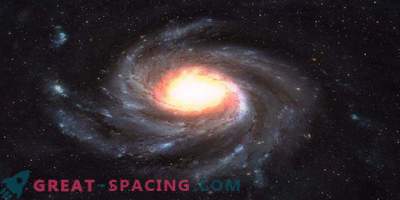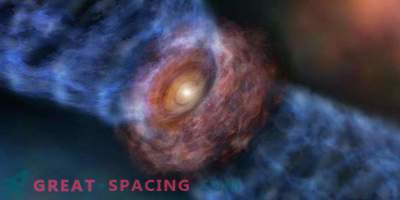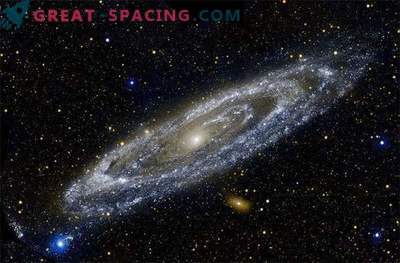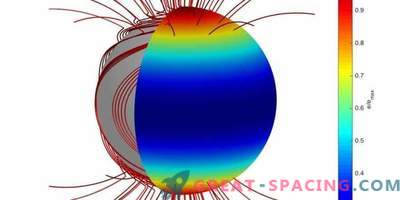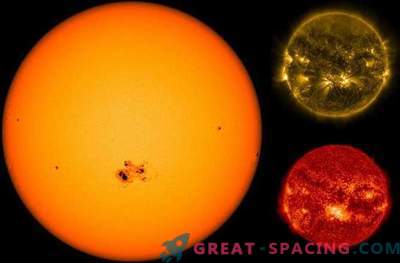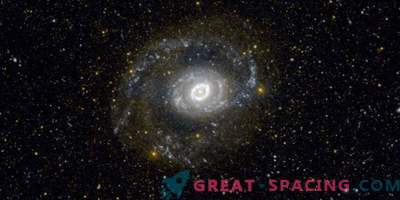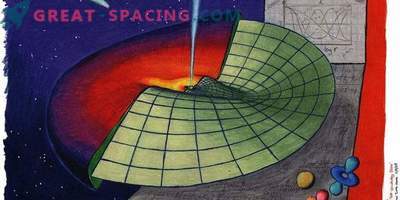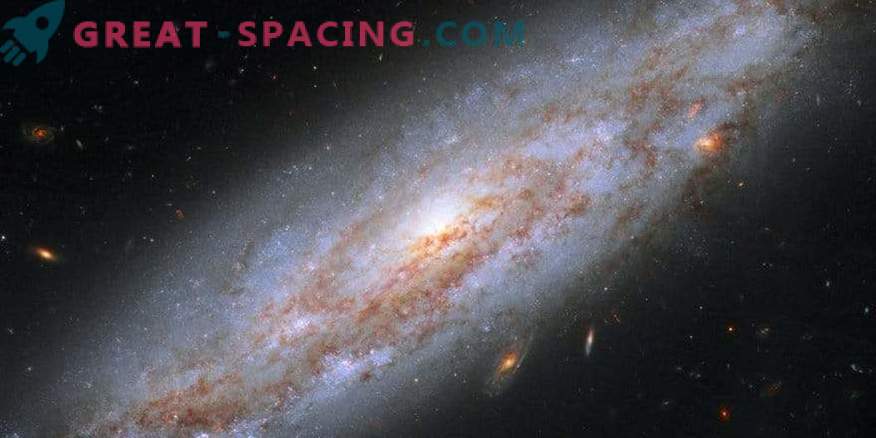
Snapshot of a disk galaxy NGC 3972 from the Hubble Space Telescope. Scientists have created a new model that explains why the star formation rate in almost all disk galaxies is so small and why it correlates with the gas mass.
Disk galaxies, such as the Milky Way, are characterized by a flattened disk of stars and gas (often with a central convexity of the material), a wide range of masses, spatial dimensions and stellar content. But they all have a striking similarity. The most notable is the fact that the star formation rate closely correlates with the gas filling of the galaxy, the motion of the gas (velocity dispersion) and the dynamic lifetime (the time allotted for galactic rotation).
It is also surprising that this universal indicator is incredibly small: about 1% of the gas in disk galaxies turns into stars over this time frame, with most of the activity concentrated in the central regions of galaxies. Most simple stellar birth models predict that gravity should be more efficient at creating stars in the process of compressing gas in molecular clouds. Observations show that both correlation and inefficiency spread up to the scale of individual molecular clouds. The researchers managed to develop a new unified model for disk galaxies, which explains these and some other phenomena. Scientists show that the correlation of the speed of stellar birth with the motion of the gas is not caused by these movements, but rather is the result of the transfer of material in the galaxy. The model maintains a state of equilibrium of the gas and the ultimate gravitational stability, including radial transfer of gas to the core and turbulent feedback from star formation. In principle, these two considerations are simple, but lead to a dramatic improvement in the agreement between observations and theory.





